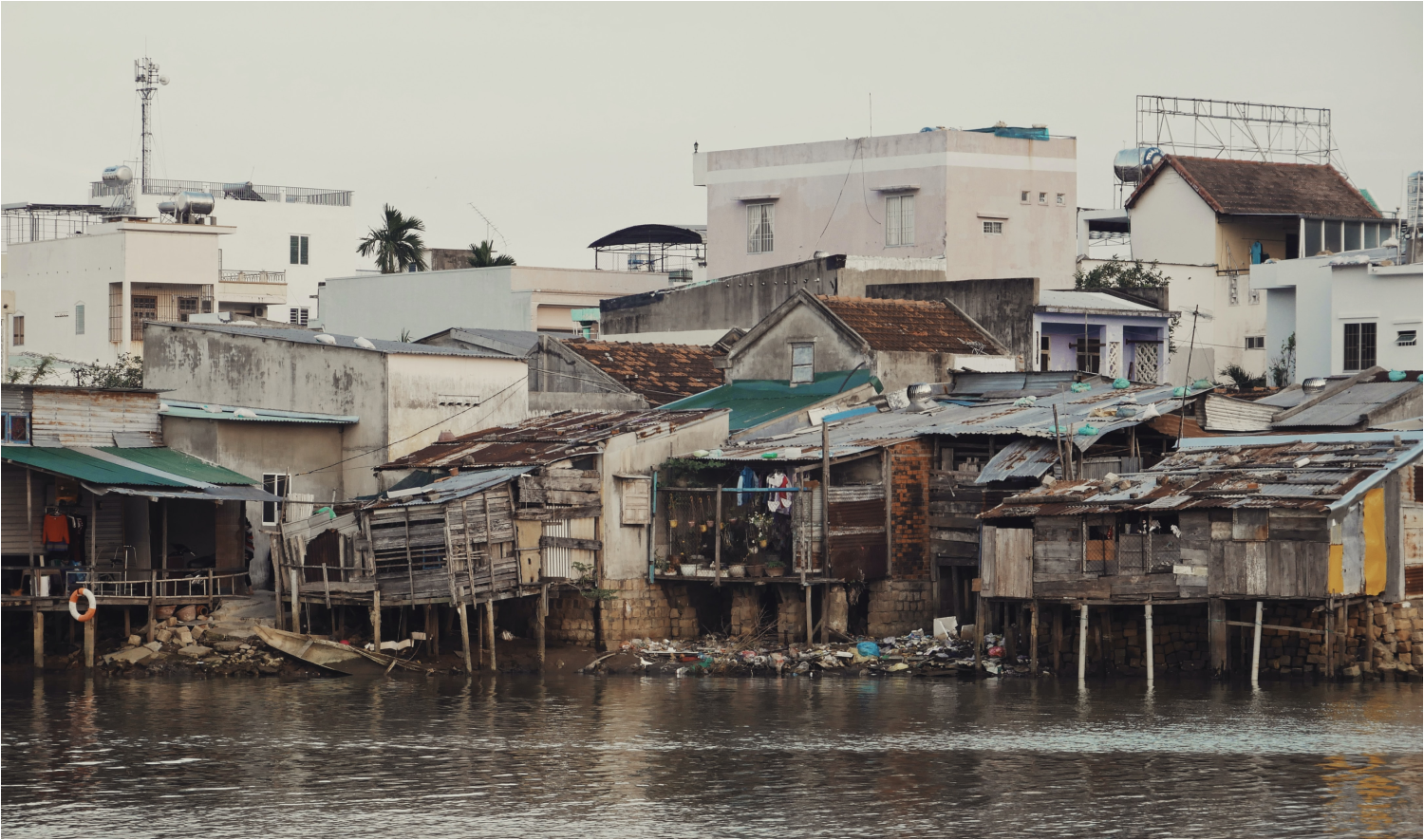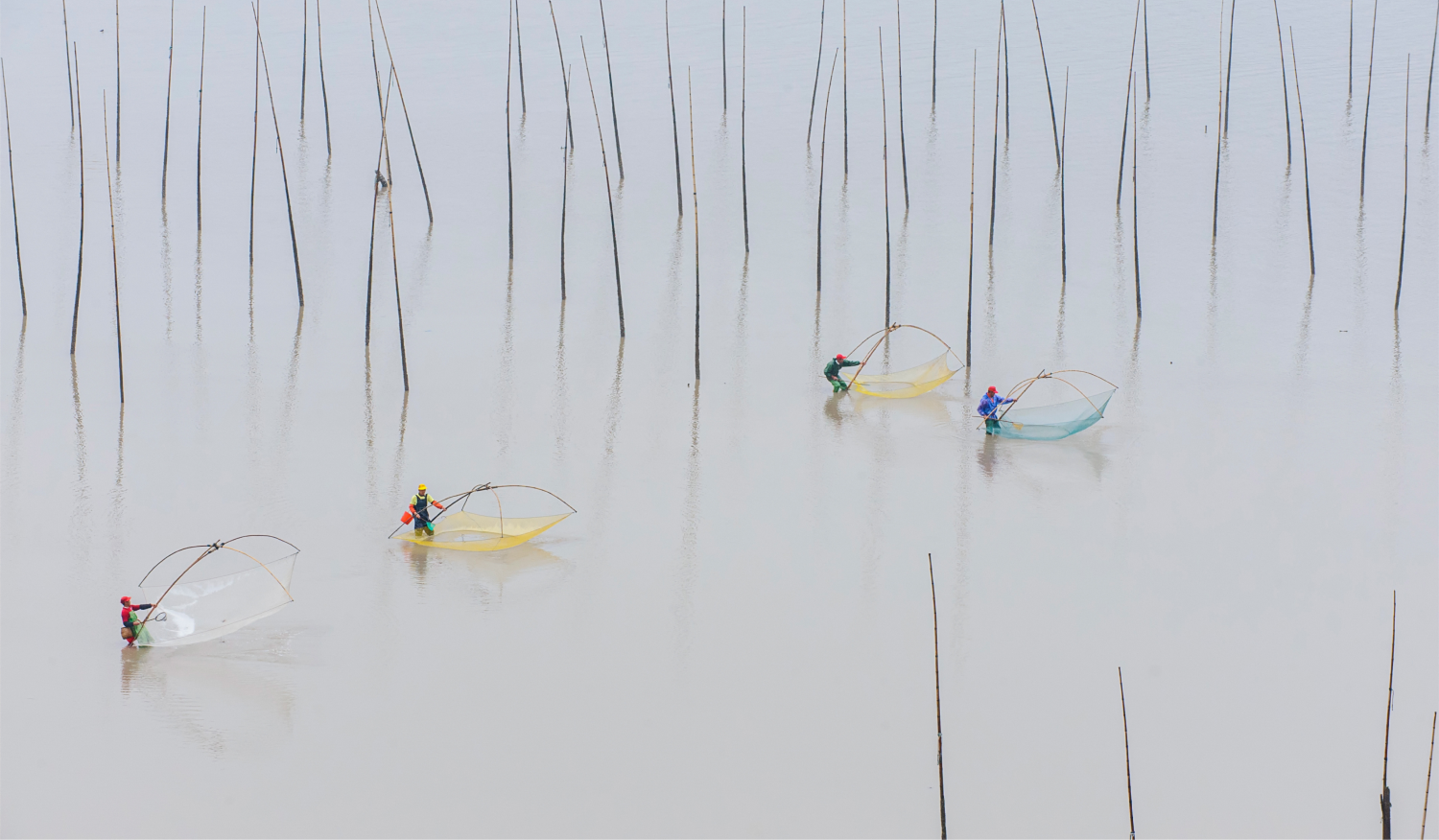The Sustainable Development Goals (SDGs) are the basis of the 2030 Agenda for Sustainable Development adopted by all member states of the United Nations in 2015. With the aim of addressing global poverty, inequality, environmental degradation, peace and justice, these purposes seek to achieve prosperity for the planet and people. The role of fashion as one of the industries with the greatest environmental and social impact worldwide is crucial to comply with the temporary border established by the UN. Find out how your business can adopt the SDGs to promote global equality, biodiversity and general well-being.
A multidisciplinary approach that confirms the integrative nature of sustainability and that creates a universal action plan that seeks to leave no one behind
Classified into 17 strategic points, the Sustainable Development Goals are broken down into 169 targets of integrated and indivisible nature that cover the economic, social and environmental areas. A multidisciplinary approach that confirms the integrative nature of sustainability and that creates a universal action plan that seeks to leave no one behind.
At BCOME we firmly believe that the textile sector has the ability to improve its processes in order to contribute to achieving these objectives and reach an industry that cares about protecting the environment and the people involved in its value chain. Below we describe some of the SDGs most closely related to the fashion industry, take note of how your brand can collaborate in their achievement.
Goal 1. End of poverty
The first purpose of the SDGs is to end poverty in all its forms and everywhere in the world. The majority of workers in the fashion industry are located in developing countries where the laws that regulate labor activity favor systemic poverty. According to a study carried out by Deloitte for Oxfam, only 4% of the price of a garment goes to the person who makes it. It would be enough for fashion brands to commit to paying fair wages to drastically reduce global poverty levels.
This intention is closely related to the 8th goal, which seeks to promote decent work and economic growth. To help with this goal, confirm that workers in your supply chain are paid fairly.
Goal 5. Gender equality
There are more than 60 million garment workers worldwide and an estimated 75% are women. Most of them are in situations of insecurity worsen by extremely low wages, forced overtime, child labor, pregnancy discrimination, as well as physical and verbal abuse. Gender inequality appears to be one of the least addressed issues in the industry.
As a fashion firm, it’s essential that your business cares about establishing standards that protect its workers.
Goal 6. Clean water and sanitation
The textile sector is a great consumer of water, it depends on it in all its processes. It’s estimated that more than 80% of the wastewater resulting from human activities is dumped into rivers and seas without removing the contamination. If textile companies discharge into freshwater circuits, residents of the towns where the industry is located have a high probability of ending up drinking and bathing in contaminated water.
As a textile company, you must define goals to improve water management practices, monitor progress and draw comparable results.
Goal 12. Responsible production and consumption
What was before? Overproduction or excessive demand for garments? Both brands and consumers must assume their share of responsibility for the consequences caused at an environmental and social level by the fashion industry. We currently consume 400% more garments than 20 years ago and we use them half as often.
To ensure the durability of your products, extend your commitment beyond the sale and raise awareness within your community by communicating care instructions to your customers.
Goal 13. Climate action
The excessive scalability of the fashion industry has earned its link to climate change. The consolidation of a linear production system, an unsustainable environmental impact and the high complexity of supply chains have as a consequence the depletion of the planet’s natural resources, contributing to deforestation, uncontrolled carbon emissions, droughts, floods, global warming and high waste generation.
To drastically reduce the emissions caused by the textile activity, your company can use renewable energies and improve the energy efficiency of its supply chains, especially in the most critical areas such as the extraction of raw materials or wet processes.
Goal 14. Life below water
In addition to the contamination of water through chemicals, marine life can also be affected by textile activity from the release of microplastics caused during the washing of garments. Solutions such as laser cutting, material coatings and fabric pre-washing are some of the techniques that can be used on synthetic materials to reduce the release of microfibers throughout their lifetime.
Studying the features of the materials used in your collections, as well as assessing their impact, will allow you to develop actions to reduce their footprint.
Goal 15. Life on land
The fashion industry has a great impact on biodiversity. The intensive use of the land to extract raw materials, the excessive consumption of natural resources as well as the overproduction of garments have caused an increase in textile waste and its consequent impact on land ecosystems. The fashion industry has a key role in preventing biodiversity loss.
Analyzing and evaluating the life cycle of products from an integral point of view can help your business make more responsible decisions about the supply, processing and disposal of the items.
Becoming aware of the involvement of the fashion industry in achieving the Sustainable Development Goals is a big step towards transforming the textile sector. At BCOME we invite you to use the SDGs as a roadmap to optimize your processes and start your journey towards sustainability. We have the tools and knowledge you need to start this adventure, let’s work together!








